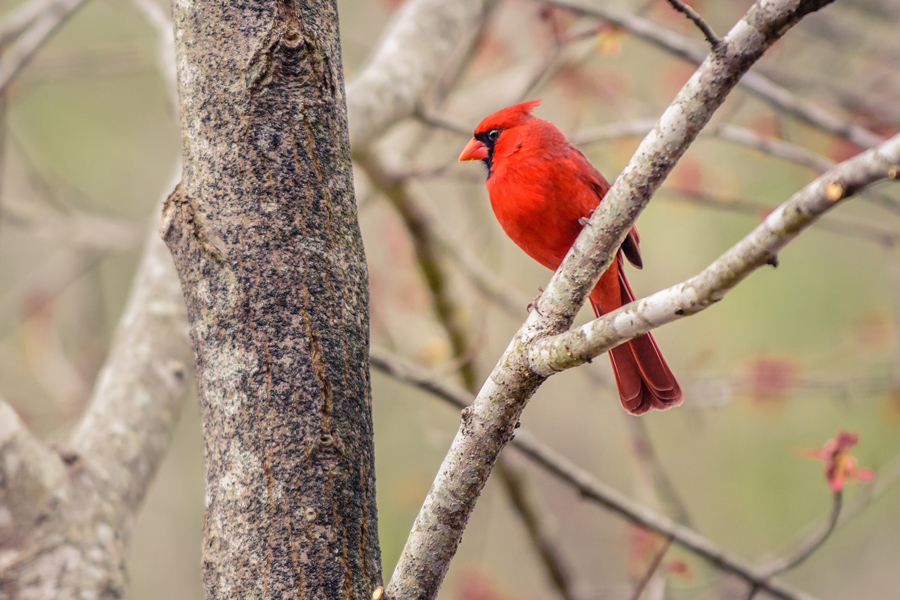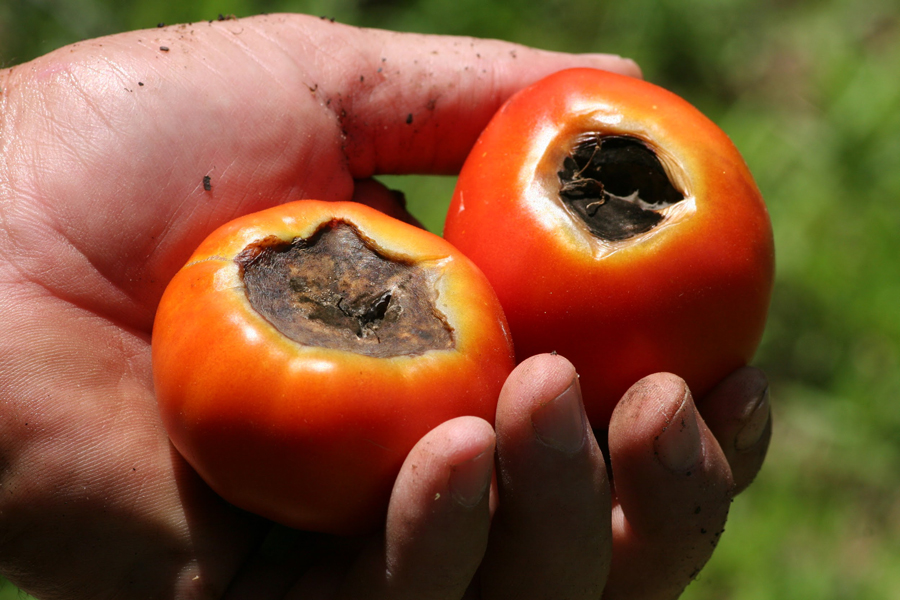Horticulture
-

Butterfly populations can be greatly enhanced by devoting a portion of the landscape to butterfly habitat. In addition to their natural beauty, butterflies serve as valuable plant pollinators.
Bob Westerfield and Melvin P. Garber
|
-

To attract and maintain a bird population, a habitat should provide (1) food, (2) shelter/nesting areas and (3) water. This publication describes several ways to attract birds to your backyard.
Bob Westerfield and Melvin P. Garber
|
-

C 984
Mulching Vegetables
Mulch should be easily obtained, inexpensive and simple to apply, although availability and cost vary from region to region. You can usually find mulching materials in your own yard, at garden centers or from tree-service firms. This publication includes a list of mulching materials, with emphasis on their advantages and disadvantages.
Bob Westerfield
|
-

C 997
Pomegranate Production
This resource helps growers understand how to grow pomegranates for commercial or home use in Georgia, as well as general production practices common in other pomegranate-producing regions. There has been increasing consumer demand for the fruit and it’s being used in many consumer products, including tea and juice blends, nut mixes, and other foods.
Bob Westerfield, Harald Scherm, Dan L. Horton, Dr. Karina G. Martino, and Daniel D MacLean
|
-

This resource will help you choose small trees and shrubs that can provide privacy from your neighbors, separation from a road with heavy traffic or a screen to hide unattractive areas.
Bob Westerfield and Malgorzata Florkowska
|
-

C 1014
Home Garden Sweet Potatoes
Georgia is the perfect place to grow sweet potatoes, a long-season crop that has time to grow and mature because of Georgia’s long, hot summers. This resource provides guidance for growing sweet potatoes in the home garden.
Bob Westerfield and Malgorzata Florkowska
|
-

This publication is intended for general use audiences, including homeowners, civic groups, and master gardeners. It covers the basic troubleshooting procedures for solving common problems while growing tomatoes. It includes a description of both cultural and physiological problems and solutions.
Bob Westerfield
|
-

This publication covers the basics of different weed control options including mechanical, chemical, and environmentally friendly practices. The material provides both consumers and small vegetable farm growers options for weed control in their gardens. Weeds compete for space, steal nutrients and water from crops, and can look unsightly in the home garden. In general, weeds are easier to prevent in the garden than to remove once they start growing. Luckily, gardeners have several possible methods to help in their war on weeds.
Bob Westerfield
|
-

This publication gives both consumers and small vegetable farm growers options for providing support to their tomatoes in the vegetable garden. The circular covers the basics of how to successfully use different systems of staking to support tomatoes, how to prune and manage tomato plants for a healthier crop, and the benefits of pruning.
Bob Westerfield
|